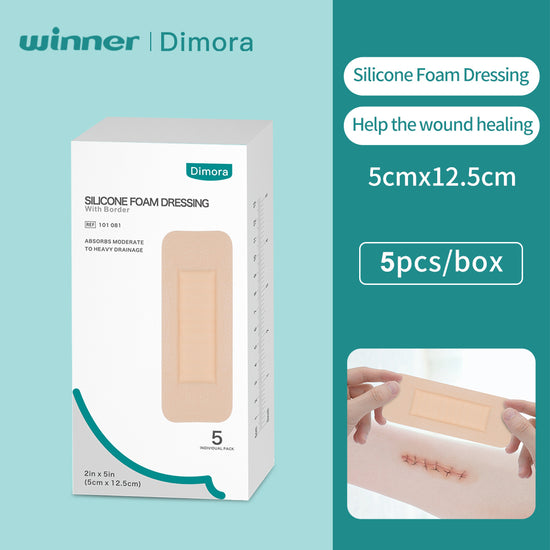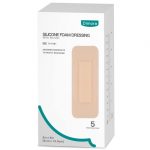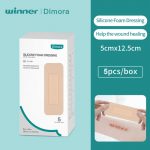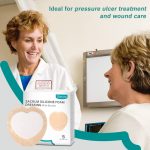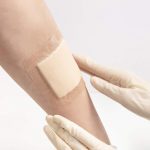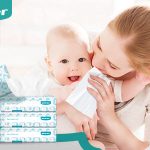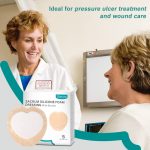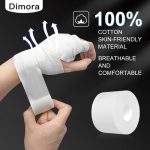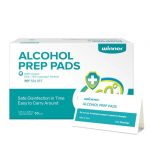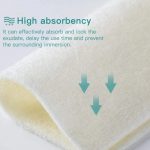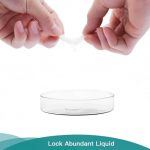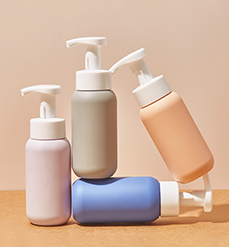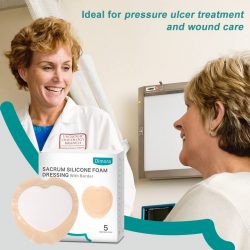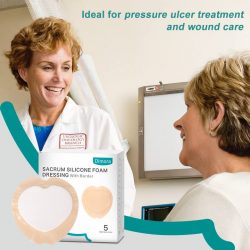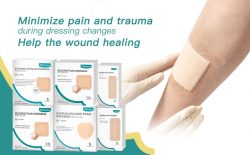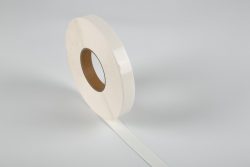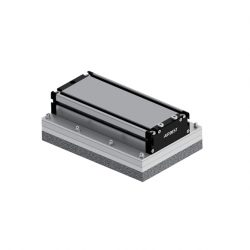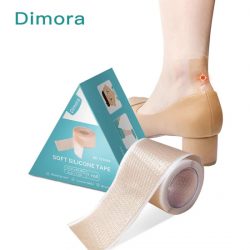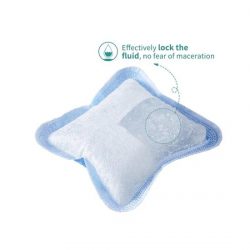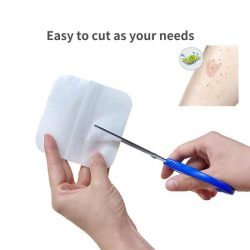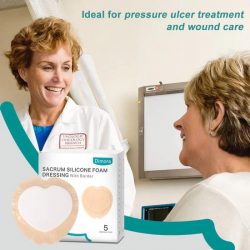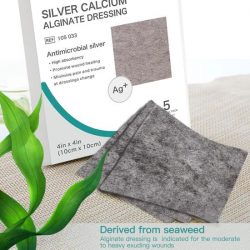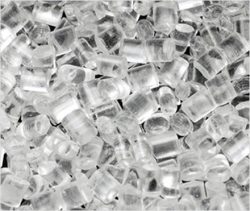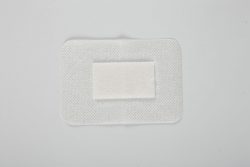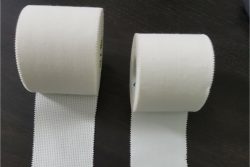Effect of Applying Foam Dressing in Patients with Tracheotomy
Tracheotomy is a common operation for incising the cervical trachea and placing a metal tracheal cannula to relieve and rescue the dyspnea caused by laryngeal dyspnea, respiratory dysfunction or lower respiratory tract secretion retention. It has been widely used in the rescue and treatment of critically ill patients. However, incision infection and ulceration after tracheotomy are the most common complications after surgery, and can even lead to lung infection. Ordinary gauze dressing can only absorb a small amount of fluid, and there are many complications such as redness, swelling and exudation at the incision. Frequent and timely dressing changes are often required, increasing the pain of patients and the workload of nurses. In recent years, we have used adhesive-free foam dressing for incision dressing in patients with tracheotomy, and achieved ideal results.
1. The foam dressing is soft and elastic
Traditional foam dressing is a kind of porous foam dressing made of polyurethane and polyoxyacetic acid glycol and other substrates. Its outer layer is hydrophobic material, and the inner layer is hydrophilic material. According to some studies, its absorption capacity can reach 10 times its own weight. The wet healing produced by foam dressing replaces the dry healing of the traditional ordinary gauze dressing, so that the incision wound is in a moist and relatively anaerobic environment, which can promote the release of various growth factors in the wound and are conducive to tissue regeneration and wound healing. It also makes wet healing more than 2 times faster than dry healing. The foam dressing like silicone foam dressing 4×4 itself has its own adhesive, which expands to the wound side after absorbing the exudate, and can be tightly bonded to the wound, keeping the incision relatively dry, reducing the growth and reproduction of bacteria, and effectively reducing the redness, rash and exudation of the skin around the incision. Complications can significantly reduce the number of dressing changes and catheter placement time. Its sealing effect is also conducive to the early vocalization of patients after extubation. The foam dressing has good air permeability, no irritation, and patients feel obvious comfort; it is easier to open when changing dressings, and it will not increase the pain of patients.
2. The nursing effect of foam dressing
During the dressing change nursing process, the aseptic technique operation specification should be strictly followed, and the operator needs to wear sterile gloves and use a sterile dressing change bag. Use compound iodophor and 0.9% normal saline cotton ball in order to wipe the skin around the incision twice with the incision as the center, and the disinfection radius is greater than 3cm. Clean up the sputum, oozing blood exudate and other secretions and bonded scabs at the incision as needed, then wipe clean with a saline cotton ball, and apply the dressing after the local skin is dry. Use sterile scissors to cut an incision in the foam dressing products from the middle, usually in an “E” shape to cut to 1/2 of the dressing, place the cut around the tracheal tube, and smooth the dressing to make it close to the skin. Generally, the dressing is changed once a day. If the dressing is soaked by 2/3 of blood, exudate, sputum and other secretions or is close to 2 cm from the edge of the dressing, or the dressing is obviously swollen, the dressing should be changed in time. When the skin around the incision is found to be red and swollen, rash, exudate and other infections, the frequency of dressing changes should be appropriately increased.
To sum up, the use of non-adhesive foam dressing for dressing change in patients with tracheotomy can significantly reduce the incidence of complications, reduce the time of dressing change operation and dressing change interval, relieve patient pain, accelerate disease recovery, and prolong tracheal intubation. It is an ideal nursing method to improve the quality of nursing and the quality of life of patients, and promote the harmony between doctors and patients, and it is worthy of clinical nursing development and promotion.
